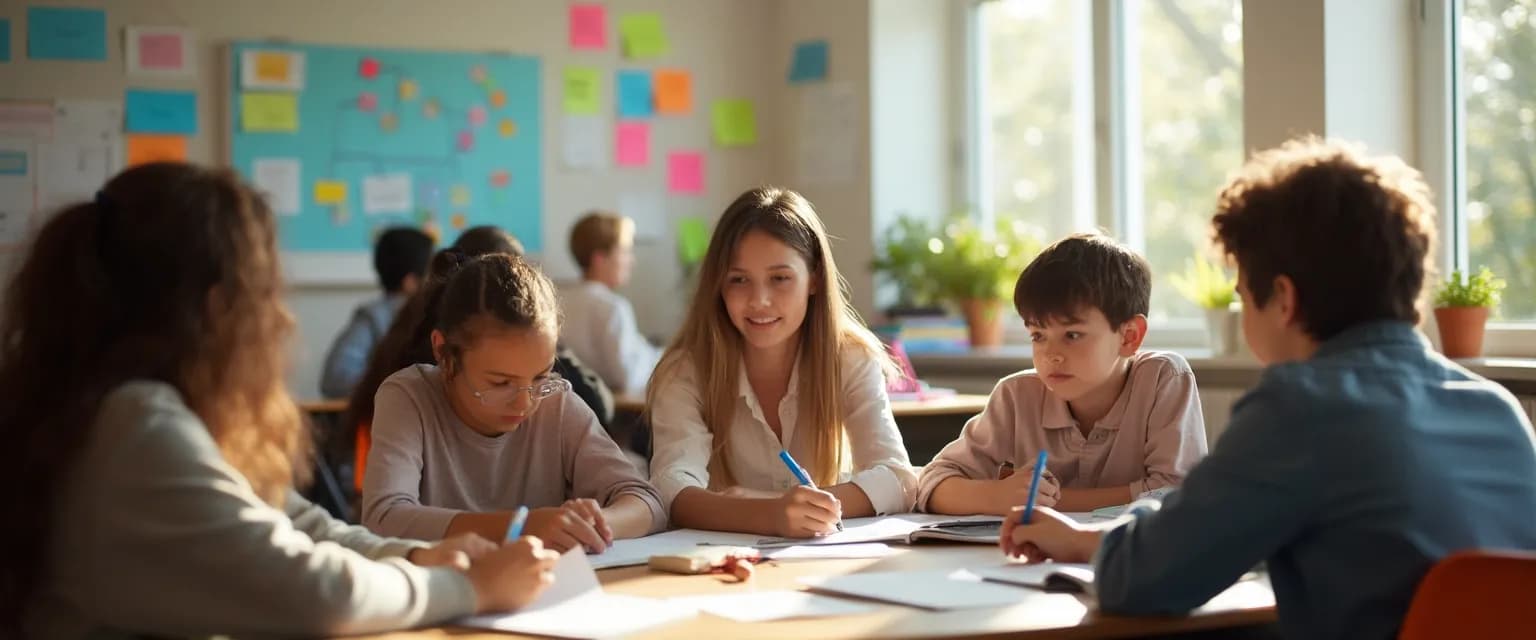7 Classroom Activities That Build Student Self-Awareness Without Extra Resources
Developing an effective self awareness program for students doesn't require fancy resources or extra budget—just thoughtful implementation of targeted activities. As educators know, self-awareness forms the foundation of emotional intelligence, helping students recognize their emotions, strengths, and growth areas. When students understand themselves better, they perform better academically and socially. The challenge many teachers face is implementing a self awareness program for students without disrupting existing lesson plans or requiring additional materials. These seven classroom activities seamlessly integrate into your daily routine while building crucial emotional intelligence skills that benefit students throughout their lives.
The best self awareness program for students works within existing classroom structures rather than adding to your already full plate. These activities require minimal preparation but deliver maximum impact, helping students develop the self-understanding they need to navigate academic challenges and social situations with confidence.
Ready to transform your classroom with simple yet powerful self-awareness exercises? Let's explore seven teacher-tested activities that build student emotional intelligence without requiring extra time or resources.
3 Quick Self Awareness Program for Students Activities for Daily Integration
These first three activities from our self awareness program for students can be implemented in just minutes, making them perfect for daily classroom use:
1. Emotion Check-In Circles
Start class with a 60-second emotion check-in where students identify and name their current feeling. This builds emotional vocabulary while normalizing the discussion of feelings. Simply ask, "How are you feeling right now? Choose one word." For younger students, use a feelings chart with faces; for older students, challenge them to expand their emotional vocabulary beyond basic terms like "good" or "bad." This quick activity establishes a foundation for any self awareness program for students by making emotion identification habitual.
2. Transition Reflection Moments
Between subjects or activities, incorporate 30-second self-reflection pauses. Prompt students with questions like "What helped you focus during that activity?" or "What distracted you?" These brief moments help students develop awareness of their learning patterns and build metacognitive skills without taking time away from instruction.
3. Partner Strengths Spotting
During partner work, allocate two minutes at the end for students to share one strength they noticed in their partner's approach. This builds positive self-awareness and helps students recognize their contributions to collaborative work. The feedback exchange helps students see themselves through others' eyes—a powerful component of any effective self awareness program for students.
4 Extended Self Awareness Program Activities for Deeper Student Growth
When you have more classroom time, these four activities create deeper self-awareness experiences:
1. Class Compliment Circles
Once weekly, gather students in a circle for 10-15 minutes. Each student receives specific, character-based feedback from peers about positive behaviors others have noticed. This powerful self awareness program for students technique helps children develop a more accurate self-concept based on external observations rather than just internal perceptions.
2. Emotional Weather Reports
Teach students to map their emotions using weather metaphors—sunny, cloudy, stormy, etc. During class discussions, students can "report" their emotional weather and identify what factors influence their internal climate. This visualization technique helps even young students articulate complex emotional states without requiring advanced vocabulary.
3. Values Exploration
Ask students to identify three actions they took recently that made them proud. Then guide them to extract the underlying values those actions represent. This self awareness program for students activity helps children recognize their core values without requiring abstract thinking, connecting behavior to deeper motivations.
4. Decision Replay Analysis
After making classroom decisions or completing projects, students analyze their decision process: "What influenced my choice? What might have happened if I chose differently?" This develops metacognitive awareness and helps students understand their decision-making patterns.
Implementing Your Self Awareness Program for Students: Next Steps
Start small with your self awareness program for students by selecting just one activity to implement daily for two weeks. Notice which exercises resonate most with your particular group of students and build from there. The most effective approach combines quick daily practices with deeper weekly activities.
Measure progress by observing changes in student language around emotions, increased self-correction during activities, and improvements in peer interactions. As students develop greater self-awareness, you'll likely see decreased behavioral issues and increased engagement.
Remember that consistency matters more than perfection when implementing any self awareness program for students. Even five minutes of daily self-awareness practice creates significant growth over a school year. By weaving these simple activities into your existing classroom routines, you're giving students essential life skills without requiring additional teaching time or resources.




